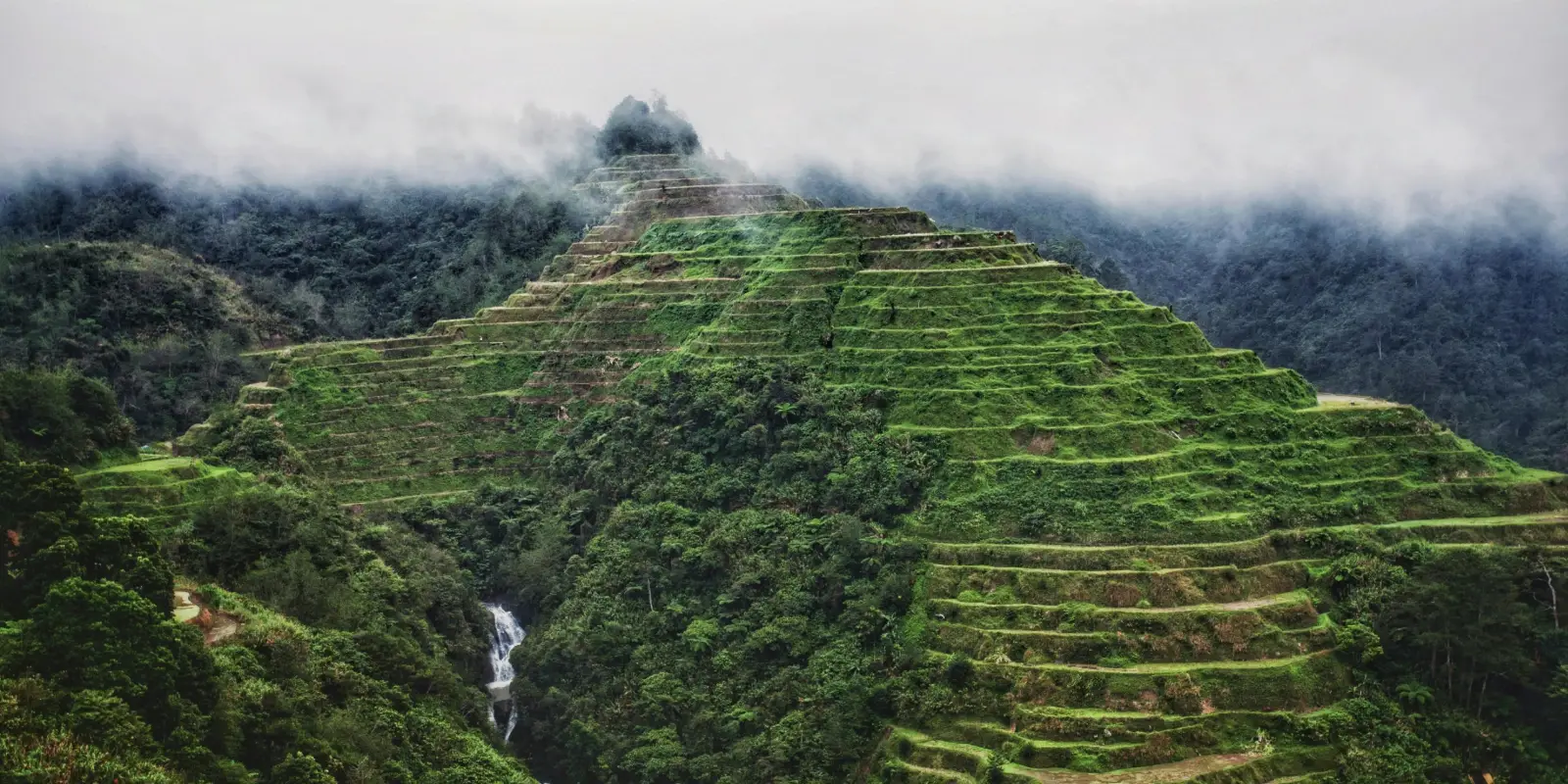The Philippines is rich in cultural heritage, boasting a diverse tapestry of traditions, languages, and historical landmarks. Recognizing the value of preserving and promoting this cultural wealth, there has been a growing trend towards developing cultural districts across the country. These districts serve as repositories of history and art and as engines of economic growth, social cohesion, and community revitalization. In this article, we explore the significance of cultural districts as transformative investments in the Philippines, examining their impact on tourism, urban development, and cultural preservation.
Preserving Heritage and Identity
Cultural districts play a pivotal role in preserving and celebrating local communities’ unique heritage and identity. Whether it’s historic neighborhoods, indigenous villages, or art enclaves, these districts serve as living repositories of cultural traditions, craftsmanship, and storytelling. By safeguarding architectural landmarks, archaeological sites, and intangible cultural heritage, cultural districts contribute to a sense of place and identity, fostering pride and connection among residents and visitors alike.
Driving Tourism and Economic Growth
Cultural districts are potent magnets for tourism, drawing visitors from far and wide to experience local culture and heritage richness. In the Philippines, iconic destinations such as Intramuros in Manila, Vigan in Ilocos Sur, and the Historic City of Cebu attract millions of yearly tourists, generating revenue for local businesses, artisans, and cultural institutions. From heritage tours and artisan markets to culinary experiences and cultural performances, cultural districts offer many opportunities for tourism-related enterprises to thrive, stimulating economic growth and job creation.
Fostering Creative Industries and Innovation
Cultural districts are incubators for creativity, innovation, and artistic expression, nurturing a vibrant ecosystem of artists, designers, and cultural entrepreneurs. By providing affordable studio spaces, galleries, and performance venues, these districts enable artists to showcase their work, collaborate with peers, and engage with the public. Moreover, cultural districts serve as catalysts for the creative economy, driving demand for handmade crafts, traditional arts, and cultural products that reflect the unique identity of the locality.
Promoting Sustainable Urban Development
Investing in cultural districts contributes to sustainable urban development by revitalizing historic neighborhoods, conserving architectural heritage, and promoting walkable, livable communities. Through adaptive reuse projects, heritage conservation initiatives, and mixed-use development, cultural districts breathe new life into neglected areas, attracting residents, businesses, and investors to invest in preserving and enhancing the built environment. Moreover, cultural districts often serve as anchors for broader urban regeneration efforts, catalyzing investment in infrastructure, public spaces, and community facilities that benefit residents and visitors alike.
Enhancing Social Cohesion and Community Well-being
Cultural districts are not only about bricks and mortar but also about fostering social cohesion, community engagement, and inclusivity. Through cultural events, educational programs, and participatory planning, cultural districts empower residents to take ownership of their heritage, celebrate diversity, and build connections across generations and cultural backgrounds. By providing platforms for dialogue, exchange, and collaboration, these districts contribute to social cohesion, cultural understanding, and community well-being, creating shared spaces where people can come together to celebrate their shared heritage and aspirations.
Cultural districts are transformative investments that have the power to shape the identity, economy, and social fabric of communities in the Philippines. By preserving heritage, driving tourism, fostering creativity, promoting sustainable development, and enhancing social cohesion, cultural districts serve as catalysts for positive change and inclusive growth. As the country strives to improve after the COVID-19 pandemic, investing in cultural districts offers a pathway towards resilient, vibrant, and culturally rich communities that celebrate their past while embracing the future.

